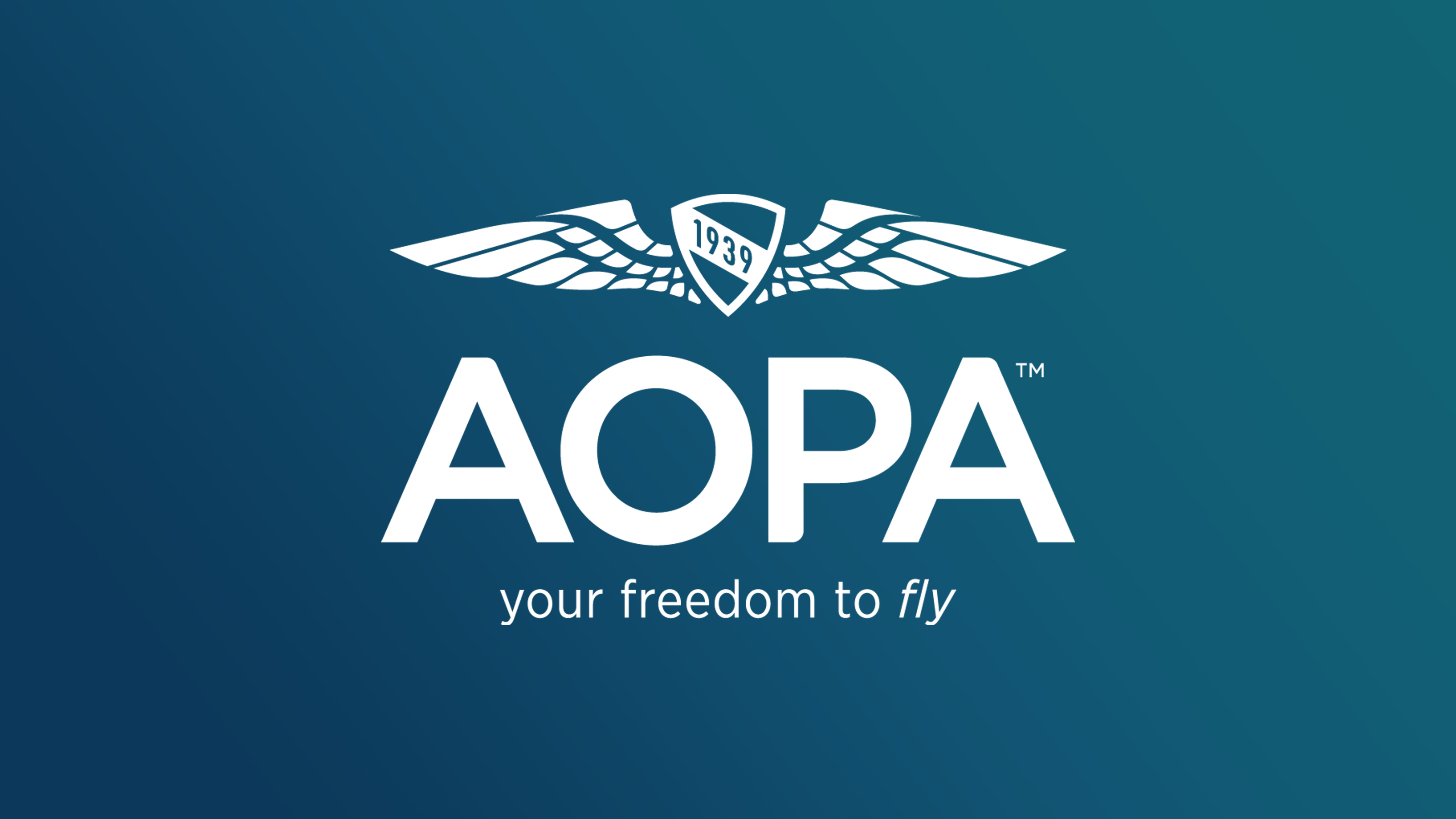
Daniel Hassing
Daniel Hassing is an in-house attorney with AOPA’s Legal Services Plan who counsels Plan members on a daily basis. He is a private pilot and a Part 107 UAS pilot. Before joining AOPA’s Legal Services Plan, Dan worked at a firm for 10 years, litigating cases across the United States. Dan also clerked for a Justice of the Nebraska Supreme Court for two years. Dan received his law degree at the University of Nebraska College of Law and received his bachelor’s degrees at the University of Nebraska-Omaha. In his free time, Dan enjoys spending time with his family, flying, and golf.
